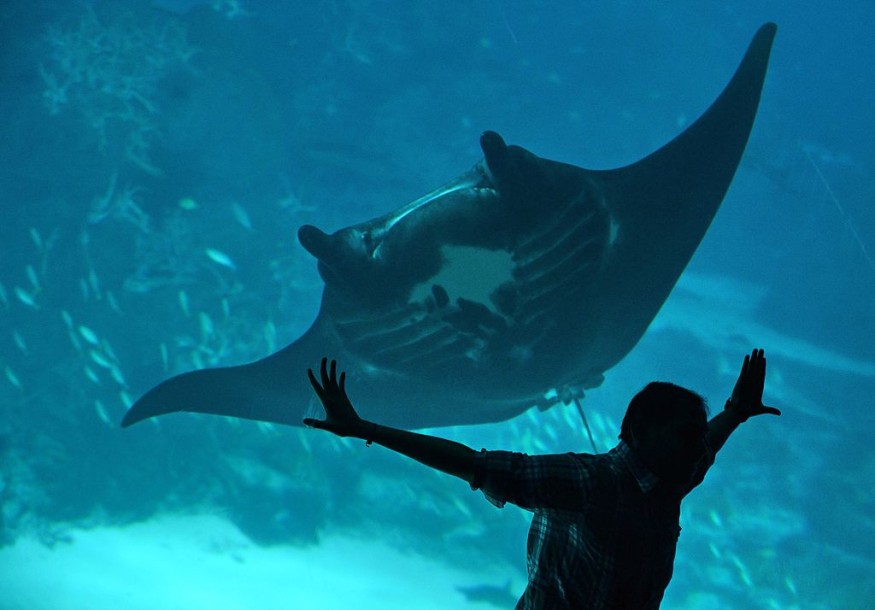A recent study identified a new species that belong in the genus of Squatina, a large aquatic population residing in the western region of the Atlantic Ocean. Scientific studies conducted between 2010 and 2011 revealed that a new shark species could be lurking underneath the waters of Central America's Pacific and the Caribbean seas.
The previous expeditions led by the Spanish government explored the untapped depths of the oceans, where they met the undiscovered organisms that hid behind its abundant biodiversity. The clues underwater led to the discovery of a shark called Squatina mapama.
Squatina mapama in Panama

The evidence of the animal's existence was collected from the coast of Panama. It was considered by the scientific community to be the first-ever angel shark in the Central American Caribbean. Experts from the Smithsonian Tropical Research Institute helped give a fitting name to the aquatic species.
Angel sharks gained popularity decades after their first discovery. But unknown to many, angel sharks are listed by the International Union for the Conservation of Nature as one of the endangered animals to date.
The Squatina genus can be traced back to its ancestors that lived between 145 to 66 million years ago, during the Cretaceous period.
Squatina is a group of sharks that have a flat anatomical structure. Due to their appearance, the Squatinas are commonly mistaken as stingrays. It may take a complex observation to differentiate the resemblance between the two animals. The new Squatina mapama also bears a physical structure quite similar to its cousin Squatina David that also lives under the Caribbean seas.
The genetic analysis revealed that despite the similarities, they are new species.
ALSO READ : New Spider-Killing Nematode Species Discovered; Named After 'Arachnophobia' Star Jeff Daniels
Caribbean's Small-Crested Angel Shark
'Small-crested angel shark' was the common name chosen for the Squatina mapama. According to a ScienceDaily report, the authors of the study said that the inspiration behind its local name is the short and narrow scale called dermal denticles embedded in its body.
Under the genus Squatina, the small-created angel shark was the fourth and latest species discovered throughout the last decade. Alongside the Squatinas in the Western Atlantic, experts believe there could possibly be another species of the genus that resides in many parts of the world. With that said, the community does not have an established number of species under the Squatina genus yet.
Larger populations of angel sharks commonly grow up to 2.5 meters in length. They are most abundant in waters that have warm or tropical temperatures. Their menu consists of a wide range of fishes and invertebrates that live in deeper regions.
Even though there are still challenges in separating one species from another, the research promoted the importance of genetic analyses. The genus serves as a powerful reference to describe and uncover the true difference between the known, cryptic, and similar members of Earth's biodiversity. The study was published in the Journal of the Ocean Science Foundation, titled "Erratum for Squatina mapama n. sp., a new cryptic species of angel shark (Elasmobranchii: Squatinidae) from the southwestern Caribbean Sea."
RELATED ARTICLE : New Branching Worm Species Discovered in Japan, Named After Godzilla Nemesis King Ghidorah
Check out more news and information on Biology in Science Times.
© 2026 ScienceTimes.com All rights reserved. Do not reproduce without permission. The window to the world of Science Times.











